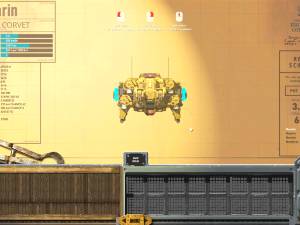

Arguably the best weapons of the subsim player : a map, a pencil, a ruler and a protractor.Īdditionally, the game pushes you to design your own ships, which adds quite some depth to the way you play it.

A decent arsenal of cruise missiles to launch at your enemy : radar guided, ARM, ballistic, ABM, LRAAM, etc, some with nuclear flavour if you dare unleashing the beast.All quite fairly realistically simulated. Plenty of detection methods : Radar, ELINT, jammers, infrared sensors, scout planes, radio communications interception and decryption.You are given all the tools necessary for that : It thus occurs that the most viable way to play is to go silent, avoid highly frequented areas and meticulously plan trade convoy ambushes and long range cruise missile strikes on enemy fleets. You start a campaign with but a handful of ships, making you quite an easy prey to the numerous highly armed fleets patrolling the map. However, there is much more to it than these arcady sequences, much which you might feel familiar with. Most of the com made on the game tends to relate to the fast paced, colourful and noisy combat sequences, where you control these giant sky-fortresses flinging copious amounts of missiles and high-caliber shells at one another until one falls from the skies. You command the last remnants of an empire recently vitrified by nuclear strikes, seeking revenge on the enemy faction and planning on a desperate, vengeful attack on their capital city with the remainder of your fleet. To summarize, it's a diesel-punk fleet management game set in a vast desert land, where gigantic methane-propelled flying fortresses form the backbone of warfare, due to the huge distances between cities and resources.

I'd like to talk about a very enjoyable game that turns out to be much more close to a subsim than it seems at the first glance : Highfleet.


 0 kommentar(er)
0 kommentar(er)
